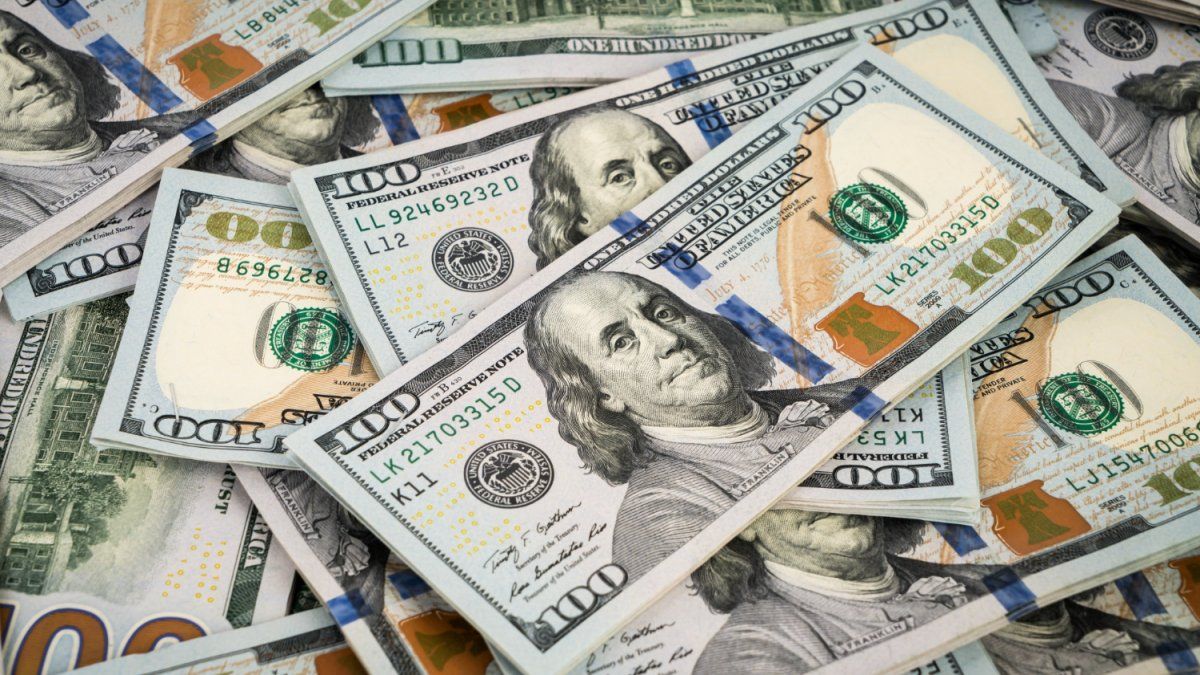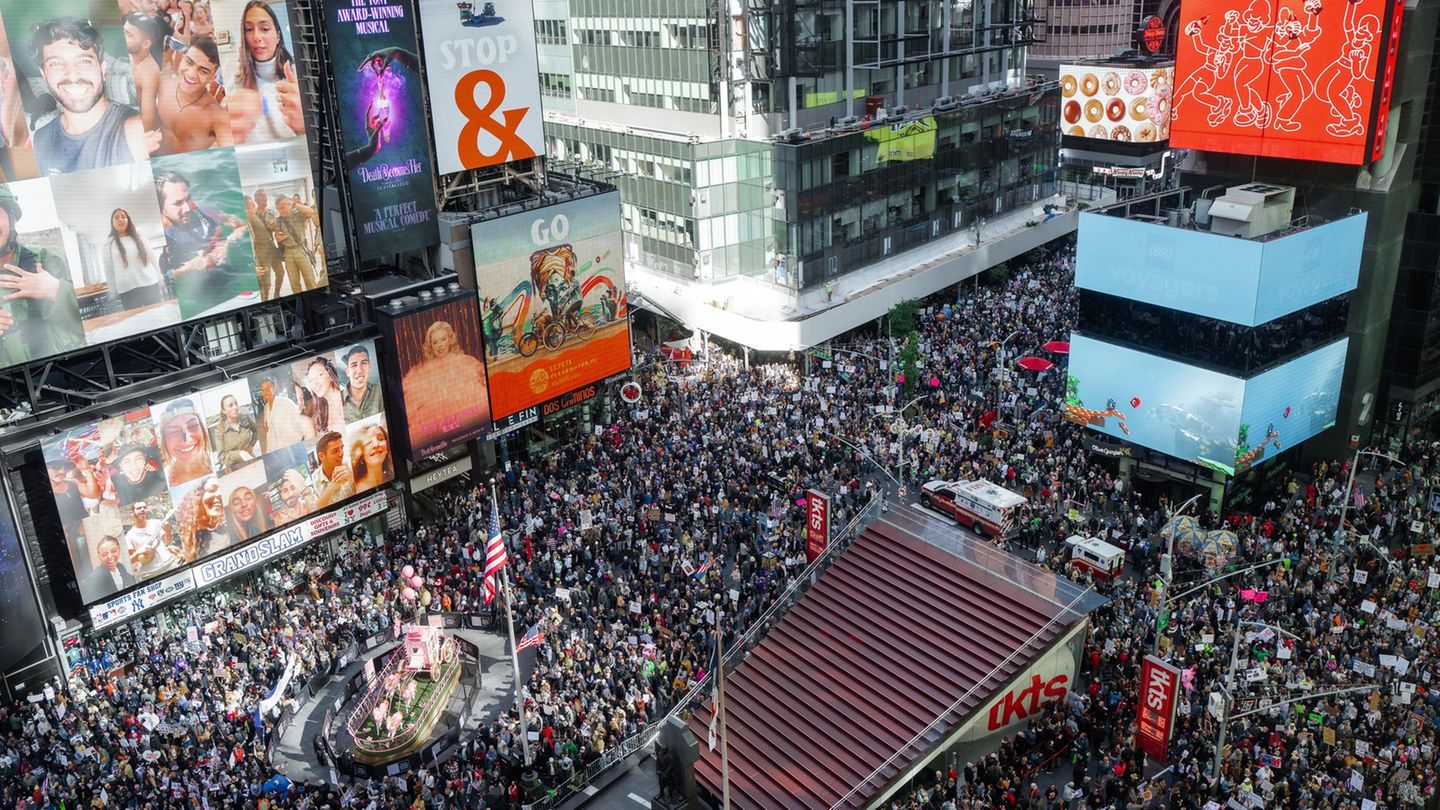Javier Milei, the Libertad Avanza candidate, was the most voted in the PASO and the market is beginning to worry. In several reports that circulated over the weekend, many consulting firms placed strong emphasis on the viability of the measures announced by the presidential candidates. One of them focused on the three possible scenarios for the future of the debt in the event of dollarization., one of the main proposals of the libertarian candidate.
Although economists in his space denied that this was going to happen in the short term, the candidate spoke before businessmen and once again highlighted that it is possible to do it quickly at market value.
According to a report by the consulting firm 1816, dollarization would imply in addition to the conversion of currency and deposits in local currency to dollars, the conversion of all debt instruments (public and private) in local currency to assets denominated and payable in dollars.
dollarization.png
Debt: the three scenarios for dollarization
1. Investor interest
1816 suggests that outside interest appears for the reform financing, “it would be positive for the peso and the banks.” While for Globales and Bonares (as foreign and local dollar bonds are known), “the effect is not so evident, since the better investment climate could be offset by the largest effective bond offerif in the future the demand for Argentine assets fell again for any reason.”
2. Dollarization: what happens if the measure is postponed
In this case, it is proposed that Milei postpone for the “second generation” reforms to the dollarization, considering that “the risks under current conditions are too high.” In this case, according to 1816, “it would be positive for the debt in dollars, and its impact on the debt in pesos and banks will depend on the details of the alternative stabilization plan.”
According to the consulting firm, an alternative Milei plan “can hardly lower inflation in the short term and it would be difficult to show concrete achievements in economic matters in the face of legislative elections.” In case of stabilizing the economy without dollarization“reserves could accumulate, but also CCL would be appreciated in real terms and the economy would be remonetized: therefore, dollarizing in 2025 or 2026 would be more expensive than today.”
3. Reserves: no dollars
A dollarization with few dollars to deal with could result in “increasing nominal and asset price volatility.” According to 1816, both elements should be increasingly correlated: “the greater investor confidence in Argentina, the greater the chances of obtaining financing to dollarize at a lower exchange rate and vice versa.”
So is dollarization possible?
Barring a spectacular increase in confidence, by 1816 it can only be dollarized in 2025 anticipatedto massive liquefaction and/or weight restructuring. POST STEP market reaction there is no indication that the offshore investor is enthusiastic.
Three possibilities:
1- Interest appears to finance dollarization (difficult)
2- Milei backs down from his plan (he would not lower inflation quickly)
3- Try to dollarize with few dollars.
Can a hyperinflation solve the stock problem without social/political chaos? By 1816, cannot be ruled out but Milei’s position in Congress adds difficulty.
“Dollarization is a very difficult plan to implement today, although it would bring price stability quickly,” the consultant concluded.
Source: Ambito




